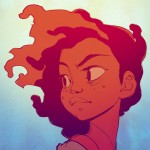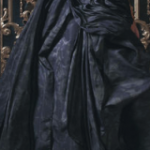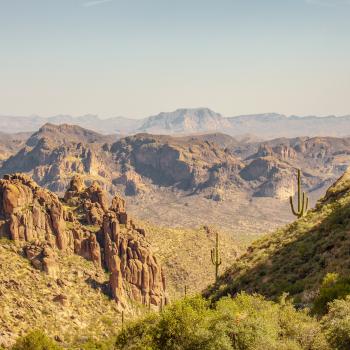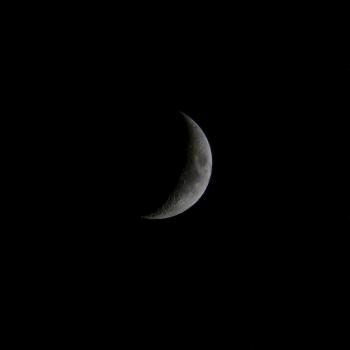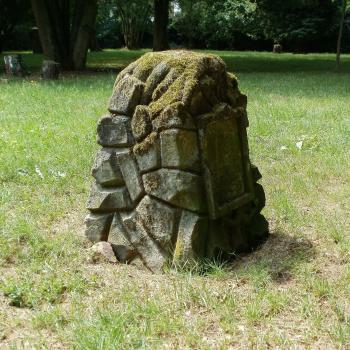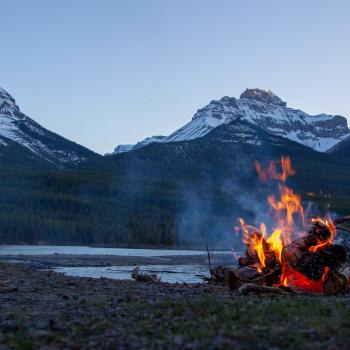We’re going to spend our days on the 30 Days of Devotion project – focusing first on the Clarene!
I’ve decided to, for the time being, cease posting about the Tarot. While I find them useful, they are not as useful for others, and I am able to explore them more in-depth by keeping the contemplations around them private for the time being. Later on I may start up another Tarot series but for now, onto other things.
Monday will now be an additional ‘basics’ series day, during the 30 Days of Devotion as we work through each of the Four Gods. This way, we can finish up the series a bit faster!
In other news, I am fund-raising to go to the Polytheist Leadership Conference in Fishkill, NY this summer. I have an Indiegogo campgain that you can donate too, as well as an online shop if you wish to fund me that way. We’re a quarter of the way to our goal, and I would really love to go and present at the conference! I’m currently writing up an overview of a presentation to submit to the organizers of the event.
Onto today’s post.
Origins of the Clarene
The second prompt for the 30 Days of Devotion asks how we first encountered the deity – but in the case of new gods, it is often that encounter that is their origin, or at least their origin story.
As I mentioned in my previous post, the Clarene was the last of the Four Gods to come to me. But she came with a bang, riding into my dreams in a purple-twilight skied nightmare, her huge towering self straddled upon a horse that nearly knocked me down. She had been bothering me earlier, though I had not been able to see her clearly in my dreams. That dream, though, was as clear as any: I called her name, and she came.
She was a storm.
I had assumed that, mistaking her for an ‘earth goddess’, she would be soft and comforting, like cool soil, the dark just underneath the surface offering respite in the heat of summer. But she was more thunder and challenge then.
Now, the Clarene is a mothering figure. She still towers, sitting as she does with her tea and flowers, her power potent always. I answered her call and her challenge, just as she did mine. We have settled, and now she spins stories around me, urging me forward always, keeping right the compass in my heart.
And the compass is one of her symbols – one she brought when I first met her. The compass is tied to her mythic story and how the West is made, or how the Other People even come to be.
In myth, the Clarene is known first as Claire Clarice Clarene, the princess-daughter of a Faery queen (Founding of the West). There are many stories of how she ‘loses’ her first two names, either shedding them or having them taken from her by various lovers. In a variation of ‘Founding’, currently being written in one of the formal books of the People, the Clarene is described as mountainous, huge and dark and stunning. She is not attributed any father, and considering her own ability to create new life on her own, we can assume her mother is her only parent. And her relationship with her mother is not a good one, hurtling towards anger and fractured family ties quickly as the Clarene defies her mother’s wishes.
It is in defying her mother’s demands that she learns how to grow into her own and learns where her compass points.
Each person has an internal compass, a guiding point, a swirling arrow that directs us where we should go. We can lose sight of this compass very easily – and the Clarene does too, lest we think it is only some ‘mere mortal’ flaw – but it is always whirling within us. It is this compass in the Clarene that leads her to the edge of the world, to where the River Ophelia dwells between Faery and humankind. And the Clarene, upon seeing the Ophelia, has her compass go wild, and she creates an entire world where she and the Ophelia and their people will be safe.
Which we cannot underestimate. the Clarene moves worlds to provide a haven for her people and her lovers. Her origins are love and safety, or, as some might say, hospitality.
But her origins are faery, too, and as close as she may be too humans, and as many of us as she may love, we shouldn’t forget that. She is unlike the other gods, not made but instead born with full divinity. And she is alien to us, in ways that will surprise us. Her sacred Court (there are four faery Courts in the Othefaith, corresponding to the gods) is one of the most violent, tied only with the Dierne’s Court who’s focus is on challenging and hunting humans. Her honesty and kindness is part of who she is, yes, but so is her violence and rage. She is as much a destructive god as any other.
Her origins offer her the most stability out of all the gods, and also contrast with the highly mercurial nature of her son, the Laetha. While the Laetha adopts many forms and many selves and is fractured and healed and fractured again, the Clarene can cut off her own limbs but remain whole. She buries herself and creates new bodies but is always herself, unchanging. She is always the tall dark woman who sits with books and tea. She is, of all the gods, the least movable, while at the same time the one most concerned with the movements of people. (the Laetha, in contrast, is the most moving, flighty and spinning about, but is aloof in the face of human concerns.)
the Clarene comes from old Faery, the land where mist drifts and fires have no smoke, where there are mountains and wild. But she lives now in a new world, of her own making, where there is smoke and mist, and skyscrapes and wild. She balances each on hands as large as boulders.
*
New visitor and a little confused where to start? Head over to our About and Otherfaith pages, and then meander over to our ‘basics‘ series. Any questions can be directed to my email aine@daoineile.com or to the askbox on Tumblr (anonymous questions are enabled).
[Want more of the blog? Follow through RSS and Facebook to receive consistent updates!]

